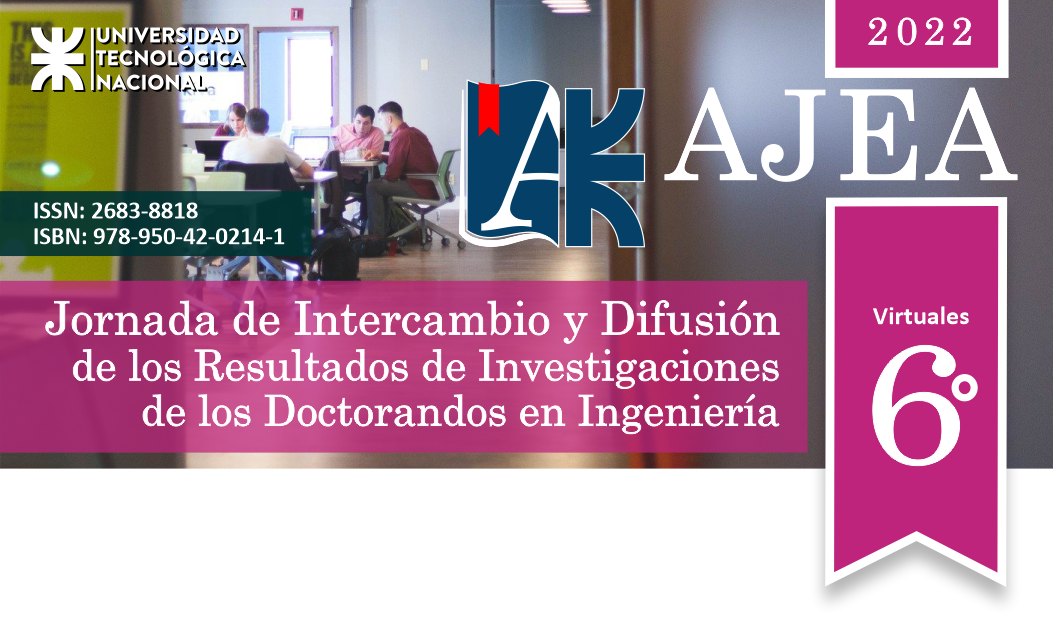Development of infiltration methods to optimize the surface area of oxides for application as SOFC electrodes
DOI:
https://doi.org/10.33414/ajea.1025.2022Keywords:
Solid oxide fuel cell, Hydrogen, Perovskitas, electrochemistry, density functional theoryAbstract
The research topic of this thesis is the optimization of electrode materials for solid oxide fuel cells by means of the nanoparticle infiltration method. The first stage of the thesis consisted of the synthesis and characterization both Pr4Ni3O10 and La0.1Sr0.9TiO3 of to be used as cathode and anode respectively. Both phases were made by two soft chemistry methods. The obtained samples were studied by X-rays Diffraction. Then, the thermal stability was studied and the microstructure was assessed by Scanning Electron Microscopy and Transmission Electron Microscopy. The fabrication of cells was optimized to perform Electrochemical Impendence in order to determine some electrochemical properties. Besides, LST phase is being studied by Density Functional Theory.
As second stage, the infiltration with metallic nanoparticles will be achieved.










